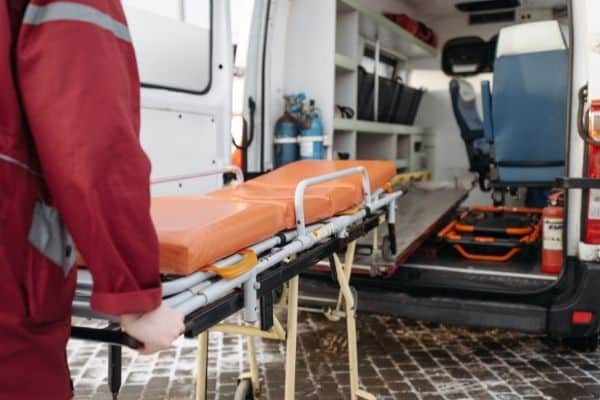
Understanding the Differences Between Basic and Advanced Life Support Equipment
When it comes to emergency medical services, understanding the differences between Basic Life Support (BLS) and Advanced Life Support (ALS) equipment is critical. While both BLS and ALS are designed to provide essential care and possible life-saving interventions during an emergency, they each serve distinct purposes and involve unique sets of equipment.
This article delves into the main points of distinction between BLS and ALS and the equipment specific to each classification.
Basic Life Support (BLS)
BLS primarily focuses on maintaining a patient’s airway, breathing, and circulation until further medical care is provided. It is administered by trained first responders or healthcare professionals with a less extensive scope of practice, such as Emergency Medical Technicians (EMTs).
Some of the essential BLS equipment include:
- Bag Valve Mask (BVM): A manual resuscitator used to provide artificial ventilation to patients experiencing breathing difficulties.
- Automated External Defibrillator (AED): A portable device that automatically diagnoses life-threatening cardiac arrhythmias and delivers an electrical shock to help re-establish a normal heart rhythm.
- Airway adjuncts: Oral and nasal airways used to maintain an open airway in an unconscious patient.
- Splints and bandages: Stabilize and protect injured body parts, control bleeding, and prevent further harm.
Advanced Life Support (ALS)
Advanced Life Support involves extensive medical techniques and treatments administered by paramedics, nurses, or physicians. ALS interventions aim to treat a broader range of conditions and are often required for critically ill or injured patients.
Some key ALS equipment includes:
- Cardiac monitor/defibrillator: A sophisticated device that monitors vital signs, such as heart rate, while providing manual defibrillation if needed.
- Intravenous (IV) supplies: Used to administer essential medications, fluids, and blood products directly into the patient’s bloodstream.
- Advanced airway devices: Endotracheal tubes, laryngoscopes, and supraglottic airway devices that require specialized skills to insert and maintain an open airway in patients who cannot breathe unaided.
- Medications: Various medications, including vasopressors, sedatives, and pain management drugs, are used to treat various medical emergencies.
Get the Right EMS Equipment
Understanding the differences between BLS and ALS equipment can ensure that your facility or team is properly equipped to handle medical emergencies. At Coast Biomedical Equipment, we have all EMS patient equipment from top brands for BLS and ALS. Check out our selection of medical equipment and supplies to ensure you’re always prepared in an emergency.



